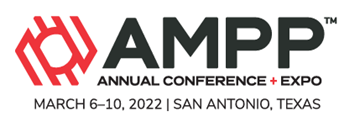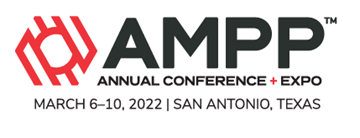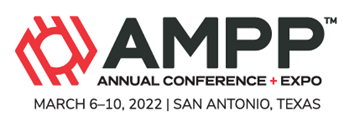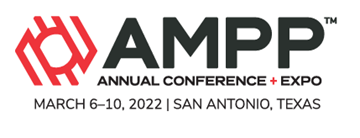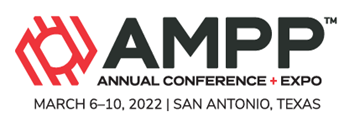Search
Coatings and Linings
View as
Sort by
Display
per page
Salt Deposition On F-5 Aircraft In Various Service Environments
Product Number:
51322-17799-SG
Publication Date:
2022
$20.00
SCC Of Tensile Wires At High CO2 Partial Pressure In Simulated Annulus Environments Of Flexible Pipes
Product Number:
51322-17898-SG
Publication Date:
2022
$20.00
Secondary Containment Coatings/Linings @ 91st Ave WWTP Phoenix, AZ Highlighting the Forgotten Basics
Product Number:
41210-525-SG
Publication Date:
2010
$20.00
Secrets to Success - Examining the History and Chemistry Behind the Performance of Vinyl Resin Coatings
Product Number:
51216-013-SG
Publication Date:
2016
$20.00
Selecting Appropriate Protective Treatment For Finished Concrete Floors
Product Number:
41214-849-SG
Publication Date:
2014
$20.00
Selection and Specifications for Architectural and Industrial Maintenance Coatings for Commercial Architecture
Product Number:
41213-799-SG
Publication Date:
2013
$20.00
Self-Stratifying Environmentally Friendly Alkyd Coatings
Product Number:
51216-005-SG
Publication Date:
2016
$20.00
Sensitivity Study Of Typical Pipelines And Station Pipes In Hydrogen Environment
Product Number:
51322-17707-SG
Publication Date:
2022
$20.00
Severe Pipe Damage In SAGD Steam Distribution Lines
Product Number:
51322-17670-SG
Publication Date:
2022
$20.00
Shop Coat vs. Field Coat: The Pros and Cons
Product Number:
41216-951-SG
Publication Date:
2016
$20.00
Shop Painting Vs Field Painting Of Steel Bridges The Pros And Cons
Product Number:
51322-17479-SG
Publication Date:
2022
$20.00
Simulating Corrosion And Scale Interactions In Autoclave Experiments: A Sensitivity Study
Product Number:
51322-17622-SG
Publication Date:
2022
$20.00

